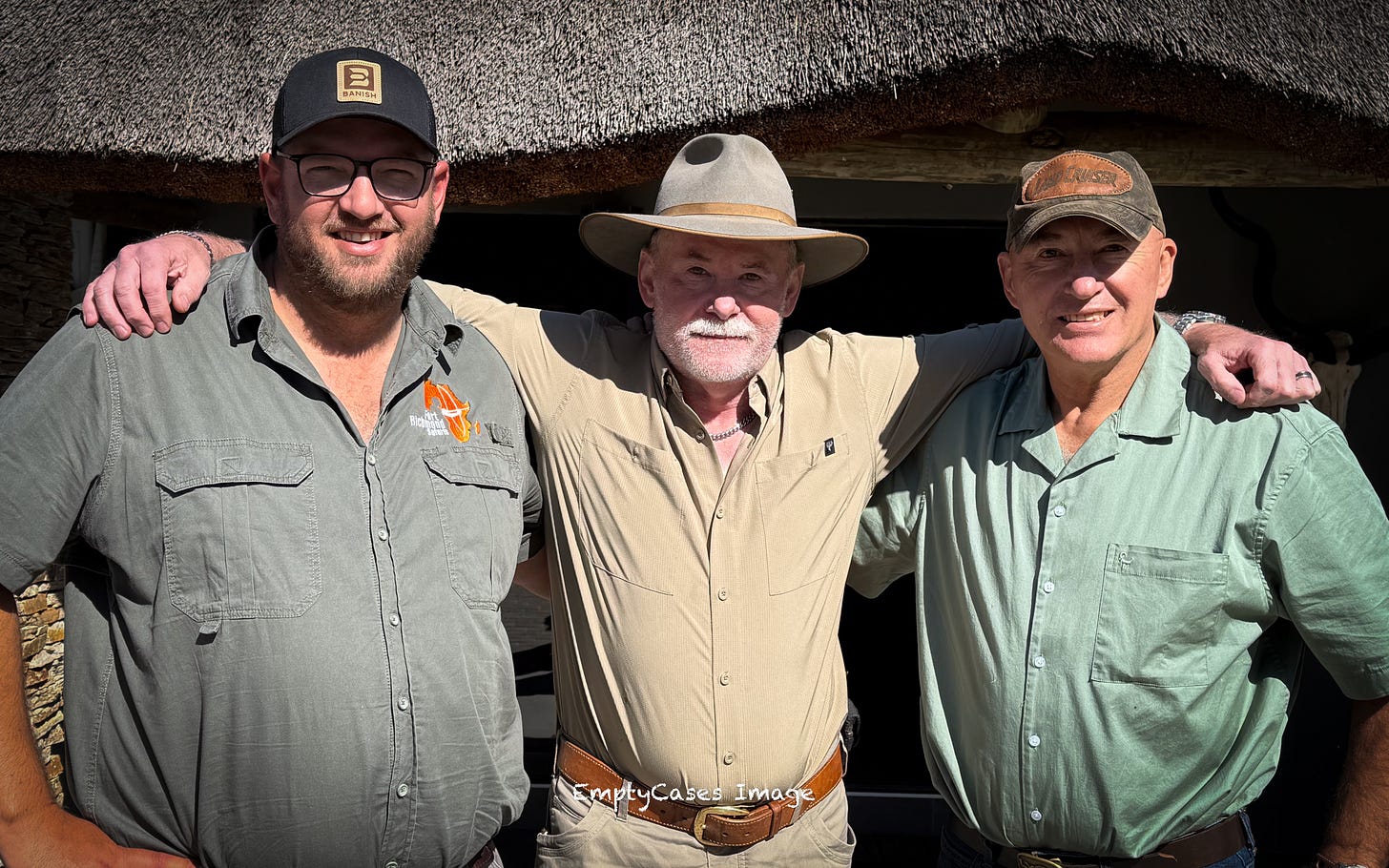
I’ve been hunting in Africa since 2005, which is long enough to think you might know everything. I don’t. This year when I was visiting with the two best professional hunters I’ve hunted with — my first one and the one I’ve been hunting with since 2014 — I told the later that the former was the one who began my education of Africa. The later joked that he had not done a very good job.
The point is, just like with hunting deer in the Appalachian Mountains, or anything else, there is always more to learn. And I learned several things on this safari that I will not forget, and that might also help you if you go to Africa. Hell, they might even help you if you’re just hunting at deer camp this fall.
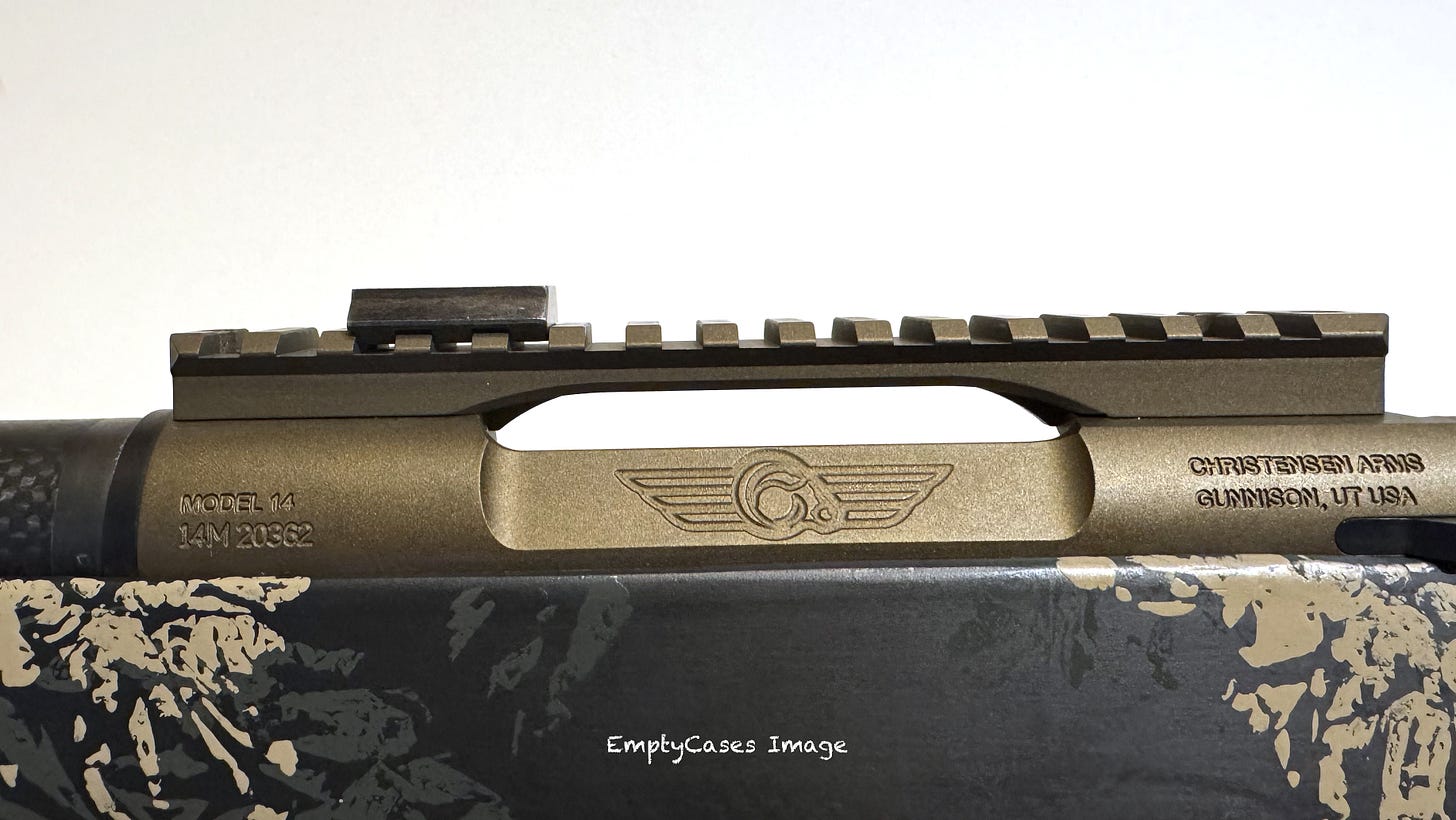
Thermal Sights
There’s a big question when it comes to taking a thermal sight to Africa. Some say it’s not an issue and a friend had two with him. Others say you can run afoul of ITAR regulations and get in trouble. I discussed this with the Customs and Border Protection officer that completed my Form 4457 for my rifles, and as he explained it, it’s as complicated as Chinese arithmetic. So, I decided to go the easy route and borrow a thermal sight for my Christensen Ridgeline FFT in 7mm Backcountry for hunting the brown hyena.
One of the local PH’s had a thermal sight attached to a rail mount, so I removed the Swarovski on my rifle, installed the factory rial, and mounted his thermal sight. However, I noticed it did not have a recoil lug, and as expected, the sight shifted after every shot. Initially I solved this problem with a short section of Picatinny rail turned upside down with the forward edge of the rail mounted against it. This worked but I was not confident enough with the set up to risk it on the hunt.
So, we purchased another — same — mount that had the detachable recoil lugs with it. Later, we discovered that the PH who owned the sight had the recoil lugs that came with it — which he had been using on a light recoiling 243 Winchester — he just didn’t know what they were for.
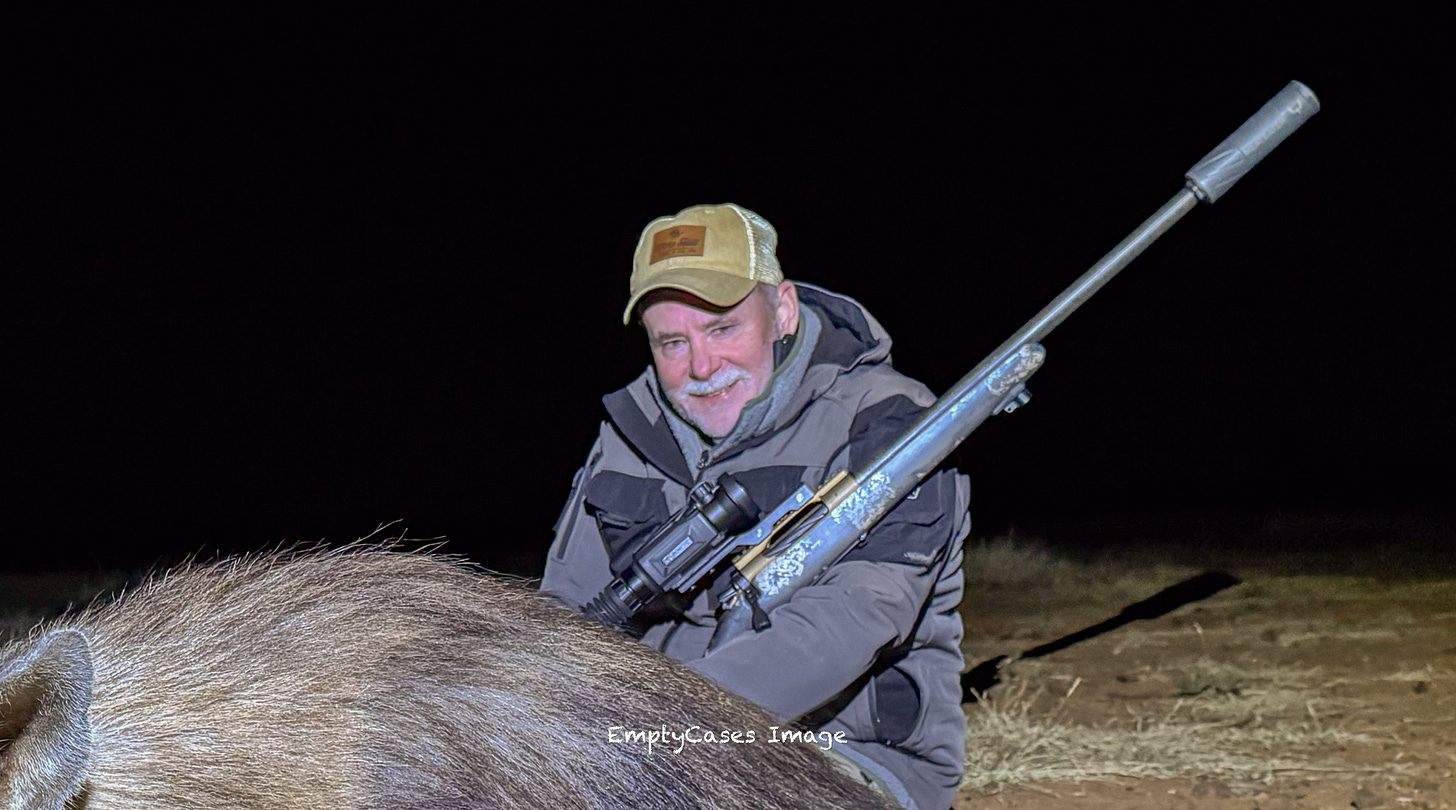
Lesson Learned: If you are going to go thermal in Africa, check with the CBP regarding legality of taking your sight, or, if you are going to borrow a thermal sight while in country, fully investigate mounting options before you trust that it will all just work out. Not every African PH is as gun savvy as you might think.
Check Your Ammo
As the old saying goes, before you leave for a hunt always cycle all your ammo through your rifle to make sure it works. I did that with two of my rifles, but not with the third. I took my EmptyCases Edition NULA rifle in 300 HAMR to Africa, specifically for shooting warthogs. I’d loaded 40 rounds with 115-grain Lehigh Defense TXC bullets. They shot great and functioned perfectly. However, right before I left, Bill Wilson suggested I try some 135-grain bullets. I didn’t have time to load them, so he loaded them for me and took advantage of the NULA’s 2.5-inch magazine box to seat the bullets close to the lands. I test fired three rounds to check point of impact before I left, and they shot great too.
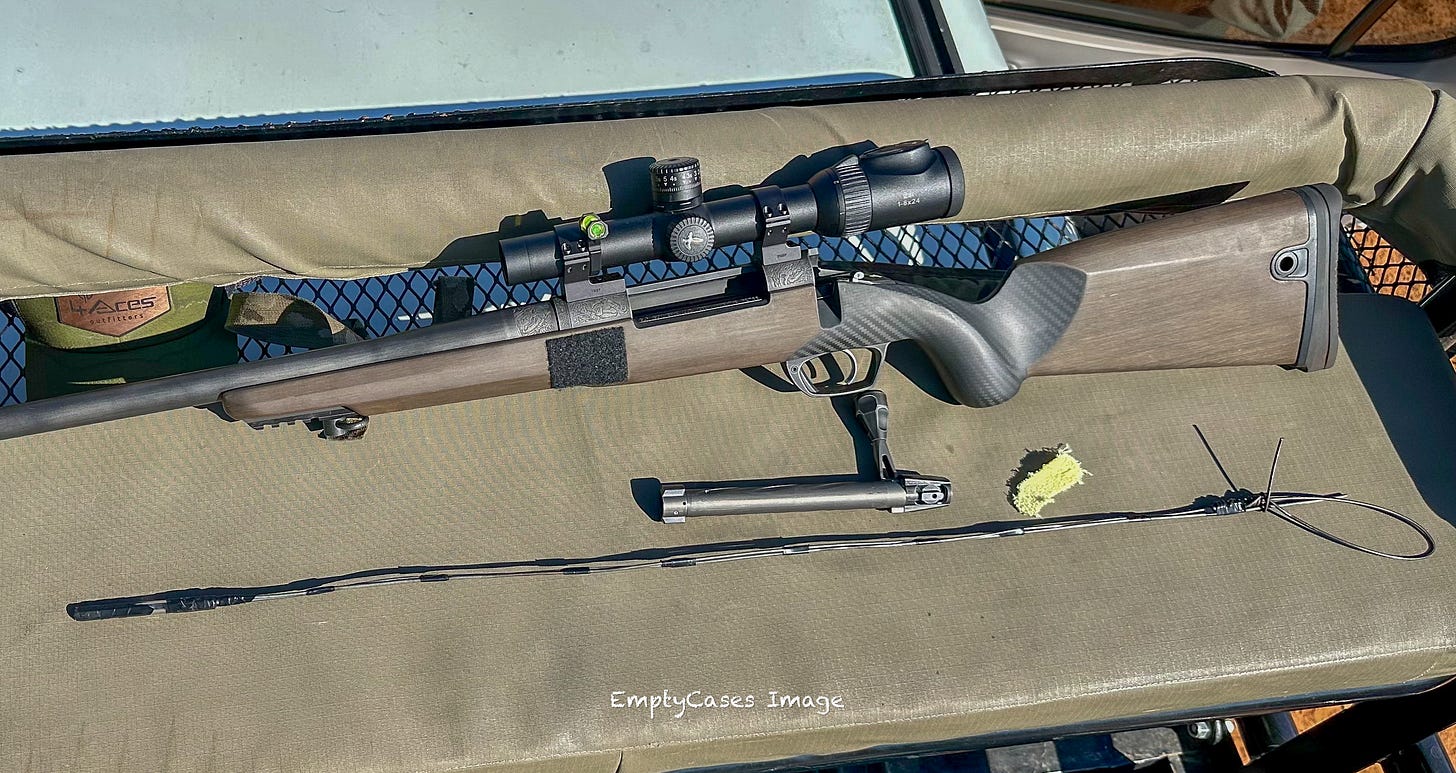
However, after shooting a warthog on the first day afield, I unloaded the rifle to take a photo, and the bullet pulled from the case and stuck in the barrel. That’s not a big deal if you have a cleaning rod — I did but it was back at the lodge – so my shooting for that evening was over. I poked the bullet out back at the lodge but found that some of the rounds in the box were just a bit too tight for optimum functioning. I’ve not fully investigated the issue. Maybe dust contributed to the stickiness, or maybe a couple bullets set out a bit after loading. Or it could just be the minute differences that’s often seen between two rifles. I went back to the 115-grain loads and they killed warthogs just like the 135-grain load did.
Another hunter had a bit worse experience. He was hunting with a 6.5 PRC and a 375 Ruger. On a day he was out with the 375, he mistakenly loaded it with 6.5 PRC ammo. (Don’t laugh, it’s just a matter of time until you do something similar.) When it came time to take a shot, he only heard a click. That’s when he discovered the problem. Fortunately, with the help of an enterprising professional hunter they were able to craft a makeshift rod and poke the cartridge from the chamber and then continued hunting.
Lesson Learned: Shit happens, and humans do stupid stuff. Pack a collapsable cleaning rod in your pack.
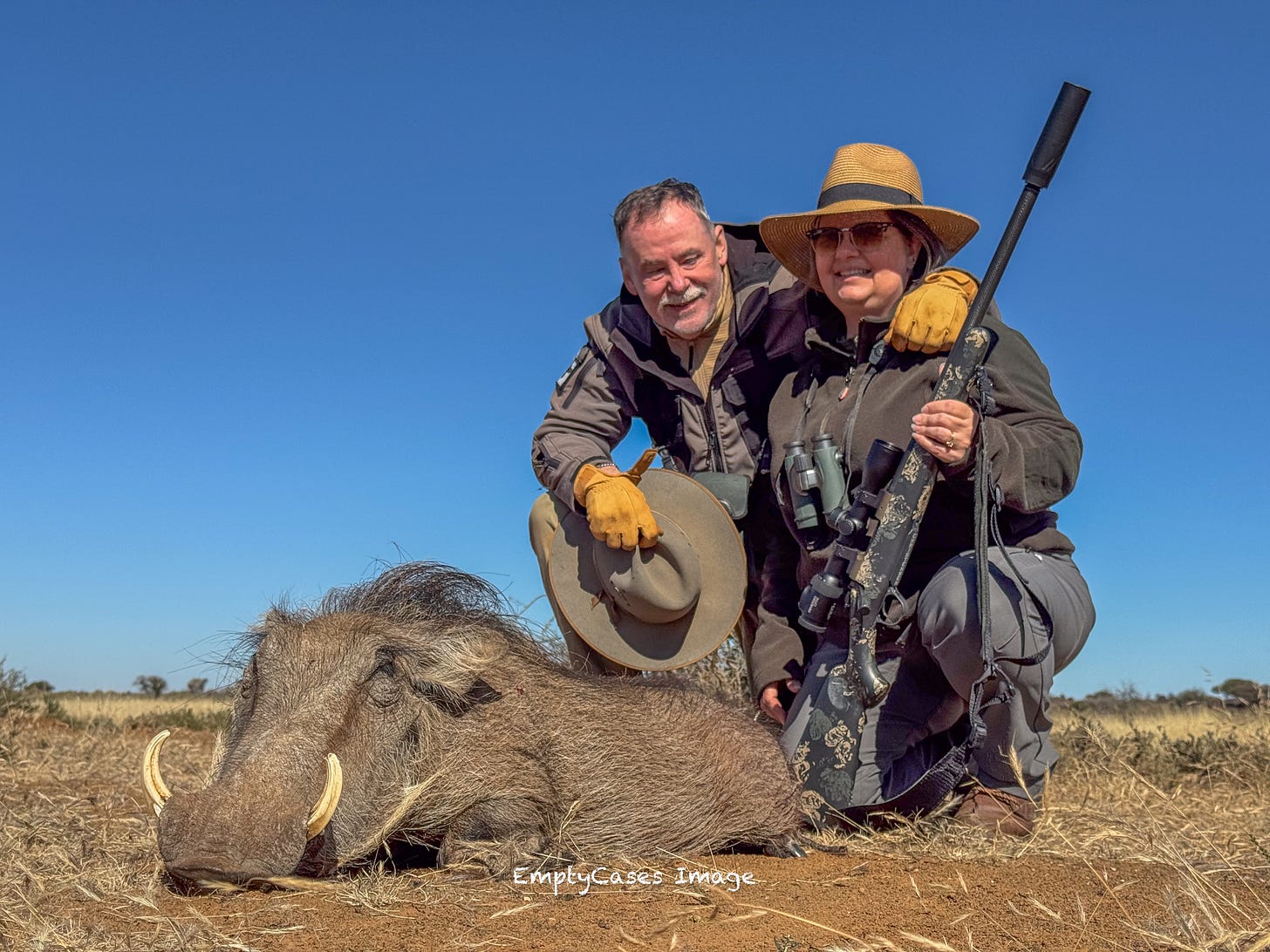
Colder Than Expected
March is a great month to hunt in Africa if you do not like the cold. However, I mostly hunt there in June to take advantage of the kudu rut. June can be cold in Africa. One morning we woke up to frost in the Northern Cape, and had my wife not been the perfect bed warmer, there were a few nights in Limpopo where I might have frozen to death. I was somewhat prepared but not prepared enough for what to me was some unseasonably cold weather. (Some places in Limpopo do not have heated rooms.) The nighttime excursions for calling brown hyena were especially cold. Had we not had to go to town to sort out the thermal sight mount and I purchased some warm socks, I might have lost some toes.
Lesson Learned: If your outfitter says it might get down to 40 degrees, prepare for 30 degrees. I knew this, but failed to pack for it, because I figured after 20 years of safaris in Africa, I knew what I needed. Always take some long underwear, warm socks, a good jacket, and some gloves to Africa.
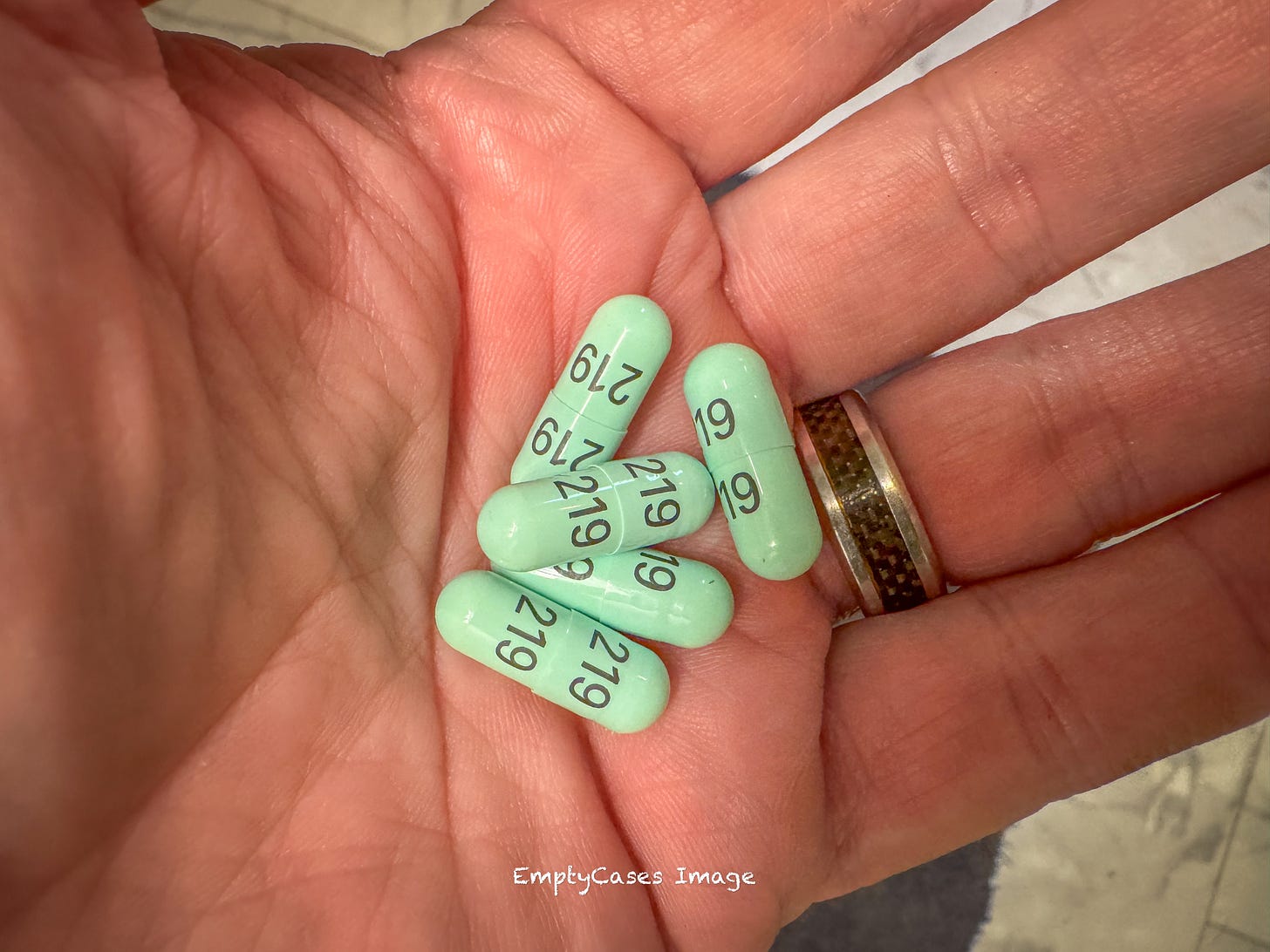
Drugs
I’ve been hunting in Africa for weeks and months at a time since 2005. Other than a runny nose, during all those safaris I’d never been sick – until now. On day nine I woke up with a sore throat and a lot of sinus drainage, and by dark I felt like a warmed over turd. Two days later I felt twice as bad, which was fortunately also the day I remembered my doctor had prescribed me a general antibiotic. I started hammering the antibiotic and a collection of across the counter meds supplied by my safari companions and by day 14 I was well enough to go out for a half-day or so. I’m still not 100% but reuniting with my kids and dogs — and my own bed last night — has seemed to help.
Lesson Learned: Make sure when you go to Africa you take all your regular medications as well as a collection of practical over the counter meds for common ailments, and don’t forget to ask your doc to provide you with some antibiotics. It could make all the difference in your safari because it’s hard to manufacture a prescription for a Z-Pack and get it filled when you are out in the bush.





You will be in good hands, I'm sure of that. Also, only about 2 hours from town so if you do need something its not impossible. Sorry I could not hang around until you arrived - a lot going on at home. But I will call and check in.
Thanks for sharing this wisdom. Like you said, these are all good things to keep in mind for any hunt, near or far, and I appreciate the reminders. It looks like an incredible part of the world to hunt.